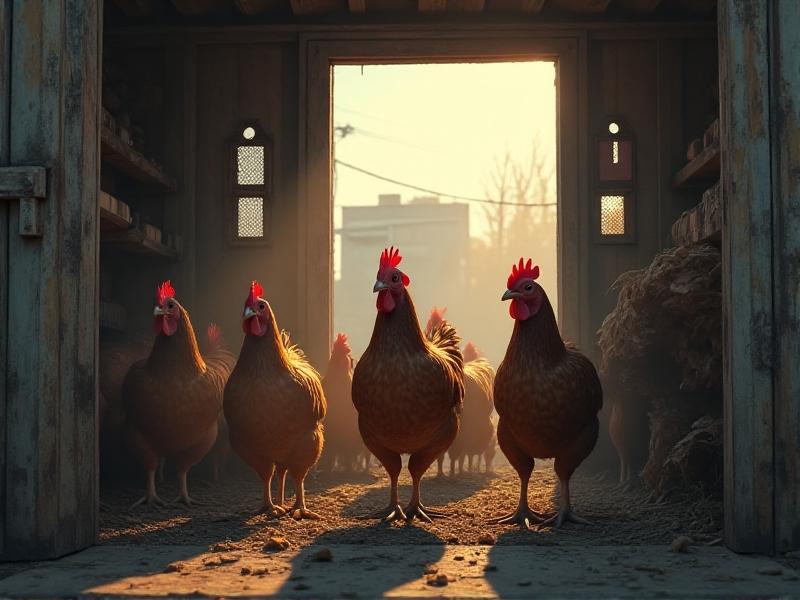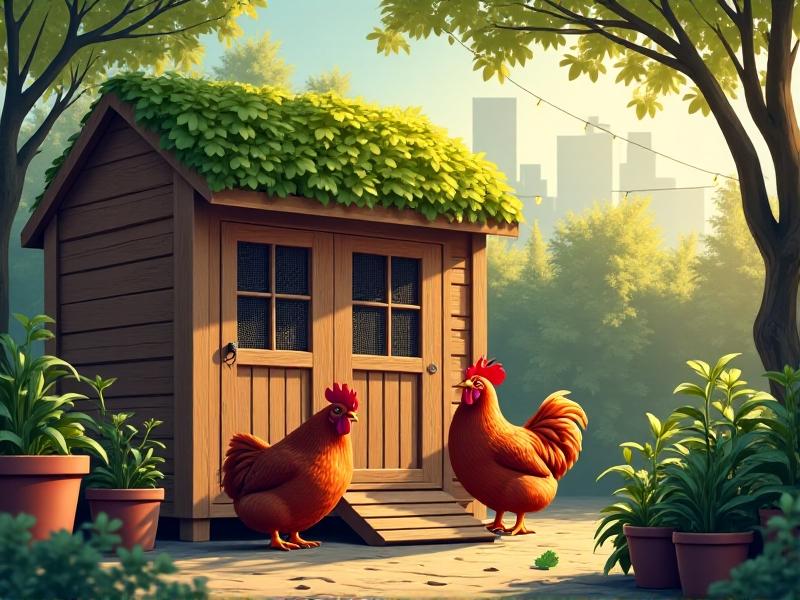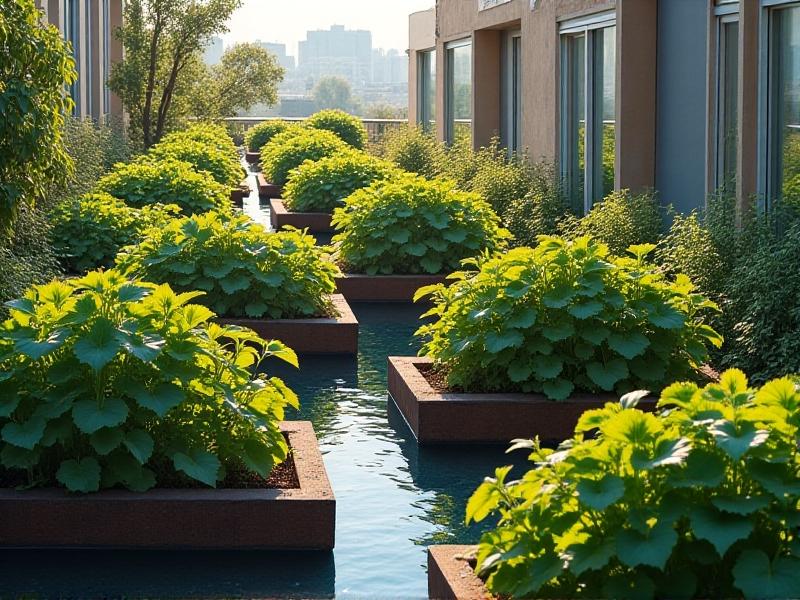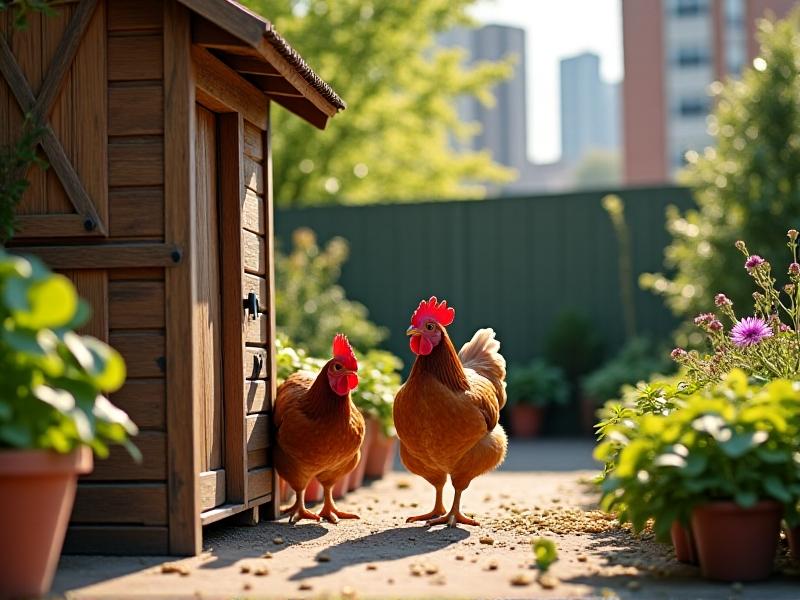Air Quality Management: Protecting Urban Flocks from Pollution
The Silent Crisis: Urban Birds and Air Pollution
Urban birds, from sparrows to pigeons, face an invisible adversary: polluted air. As cities expand, emissions from vehicles, industries, and construction sites degrade air quality, directly impacting avian health. Birds rely on efficient respiratory systems to sustain flight, making them vulnerable to airborne toxins. Studies show that pollutants like ozone and particulate matter can damage their lung tissue, reduce reproductive success, and alter migration patterns. The decline of common species like house sparrows in cities like London underscores the urgency of addressing this issue. Urban flocks are not just victims; they serve as bioindicators, reflecting the ecological cost of unchecked pollution.

Understanding the Pollutants: What Harms Urban Flocks
Key pollutants threatening urban birds include particulate matter (PM2.5/PM10), nitrogen oxides (NOx), and heavy metals like lead. PM2.5 particles, small enough to infiltrate lung tissue, cause respiratory distress and weaken immune systems. NOx from vehicle exhausts contribute to acid rain, which contaminates water sources and reduces insect populations—critical food for birds. Heavy metals, often found in urban soil, accumulate in birds’ systems, leading to neurological damage. For example, lead poisoning in urban crows has been linked to disorientation and nest abandonment. Recognizing these threats is the first step in designing targeted mitigation strategies.

Monitoring Air Quality: Tools for Tracking Urban Pollution
Effective air quality management relies on robust monitoring. Cities deploy networks of stationary sensors to measure pollutant levels in real time. Mobile units and drone-based systems provide hyperlocal data, identifying pollution hotspots near parks or wetlands. Citizen science initiatives, like birdwatchers reporting respiratory distress in local species, complement technological tools. For instance, the eBird platform has been adapted to log pollution-related bird mortality. Integrating these datasets helps map high-risk zones, enabling proactive measures such as traffic rerouting or industrial emission caps during breeding seasons.
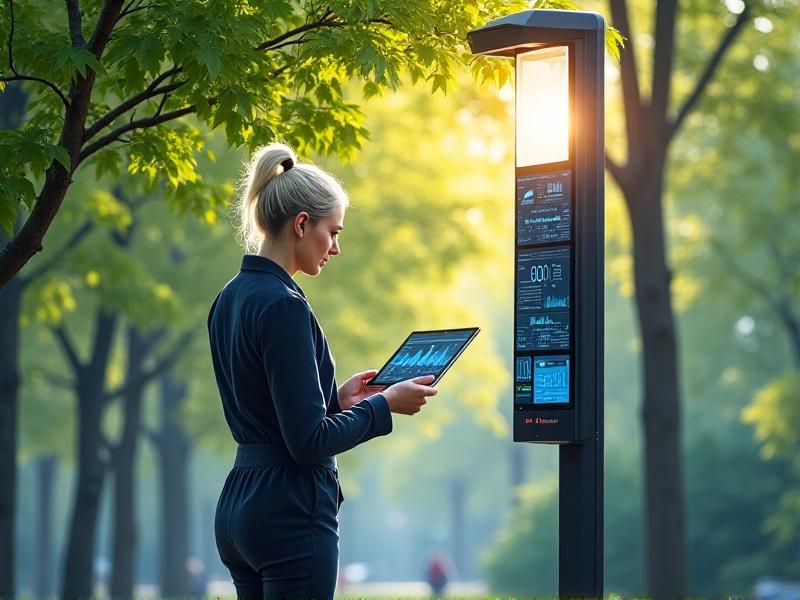
Green Infrastructure: Building Habitats, Filtering Air
Green roofs, urban forests, and vertical gardens act as natural air filters while providing refuge for birds. Plants absorb CO2, capture particulate matter, and reduce urban heat island effects—a key factor in ozone formation. Cities like Singapore have integrated sky gardens into building codes, creating interconnected green corridors. Native plant species attract insects, restoring food chains for birds. Philadelphia’s Green City Plan reduced PM2.5 levels by 24% in a decade, coinciding with a resurgence in local bird populations. Such projects prove that ecological design can harmonize urbanization and wildlife conservation.

Policy and Urban Planning: Creating Safer Skies
Legislation plays a pivotal role in protecting urban birds. The EU’s Natura 2000 network mandates air quality standards in protected habitats, while cities like Oslo enforce low-emission zones near nesting sites. Zoning laws that limit high-rises near wetlands or require bird-friendly glass in buildings reduce collision deaths. However, enforcement remains inconsistent. Advocates urge integrating avian impact assessments into urban development projects, ensuring that new infrastructure doesn’t exacerbate pollution or fragment habitats. Collaborative frameworks between governments, NGOs, and researchers are essential to scale these efforts.
Technological Innovations: Sensors and AI in Pollution Control
AI-driven platforms analyze pollution patterns to predict avian exposure risks. Machine learning models process satellite imagery and sensor data to forecast peak pollution times, alerting authorities to temporarily restrict industrial activity. Startups like AeroGuard deploy ultrasonic “air scrubbers” in bird sanctuaries, neutralizing pollutants without harmful chemicals. Meanwhile, bioacoustic sensors monitor bird calls for signs of respiratory stress, offering early warnings. These innovations exemplify how technology can bridge the gap between rapid urbanization and ecological preservation.
Community Action: Engaging Citizens in Bird Conservation
Public participation amplifies air quality efforts. Campaigns like “Bird-Friendly Cities” educate residents on planting native species or reducing pesticide use. School programs teach children to build nest boxes with air-filtering moss layers. In Melbourne, community-led “smog patrols” document pollution incidents affecting local cockatoos, pressuring industries to adopt cleaner practices. Social media hashtags like #CleanAirForBirds trend globally, fostering a culture of stewardship. When citizens view birds as neighbors rather than nuisances, collective action gains momentum.
Case Studies: Cities Leading the Way
Portland’s Urban Canopy Initiative expanded tree cover by 30%, correlating with a 15% drop in PM2.5 and increased bird diversity. Berlin’s “Spandauer Döberner Heide” conservation area uses permeable pavements to reduce runoff pollution in wetlands, safeguarding migratory ducks. In Bogotá, replacing diesel buses with electric fleets near the Torca-Guaymaral wetlands saw heron populations rebound. These examples demonstrate that multisectoral approaches—combining green design, policy, and tech—yield tangible benefits for both humans and urban flocks.
Future Challenges: Climate Change and Urban Expansion
As climate change intensifies heatwaves and wildfires, urban air quality will face new threats. Birds already stressed by pollution may struggle to adapt. Expanding cities risk encroaching on remaining green spaces, fragmenting habitats. Solutions require forward-thinking policies—like mandating bird-safe architecture in new developments or creating climate-resilient green corridors. Researchers emphasize the need for global data-sharing networks to track pollution’s impact on migratory patterns, ensuring interventions keep pace with environmental shifts.

